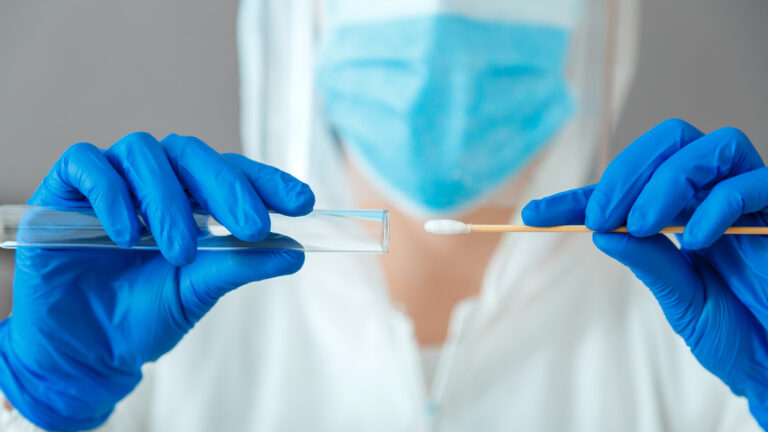A simple cheek-swab test can identify children at risk of a potentially fatal heart condition up to five years before traditional diagnosis, according to new research.
The condition, arrhythmogenic cardiomyopathy (ACM), is typically genetic and is responsible for over 10% of sudden cardiac deaths in children. ACM arises from abnormalities in proteins connecting heart cells, disrupting both the structure and electrical activity of the heart. Often, it develops silently and can strike without warning.
Researchers from Great Ormond Street Hospital and St George’s, University of London discovered that these protein abnormalities can also be detected in the lining of the cheeks. Using this insight, they developed a two-minute, non-invasive swab test to identify early signs of ACM.
In a seven-year study of 51 children aged three months to 18 years with a known genetic risk, cheek swabs detected abnormalities in eight of the ten children who later developed ACM, years before standard tests could diagnose the condition. In a separate group of 21 children with no known genetic risk, five also showed abnormalities picked up by the swabs.
Dr. Angeliki Asimaki, who led the study, said: “Our test provides a window into microscopic changes happening in the heart. It is risk-free, non-invasive, and has the potential to provide timely, accurate diagnosis of ACM, which could ultimately save lives.”
The team is now working on home testing kits, allowing children to perform cheek swabs at home and send samples for analysis.
Dr. Sonya Babu-Narayan, clinical director of the British Heart Foundation, emphasized the importance of early detection: “ACM can develop silently and strike suddenly, putting children at risk. A simple, pain-free cheek swab could identify those in early stages who need extra care, or provide reassurance for families with normal results.”
Symptoms of ACM can include heart palpitations, fainting, breathlessness, abnormal heart rhythms, and swelling in the legs or stomach, though many children show no signs until the condition becomes severe. With this innovative approach, clinicians hope to save lives and improve outcomes for at-risk children.


